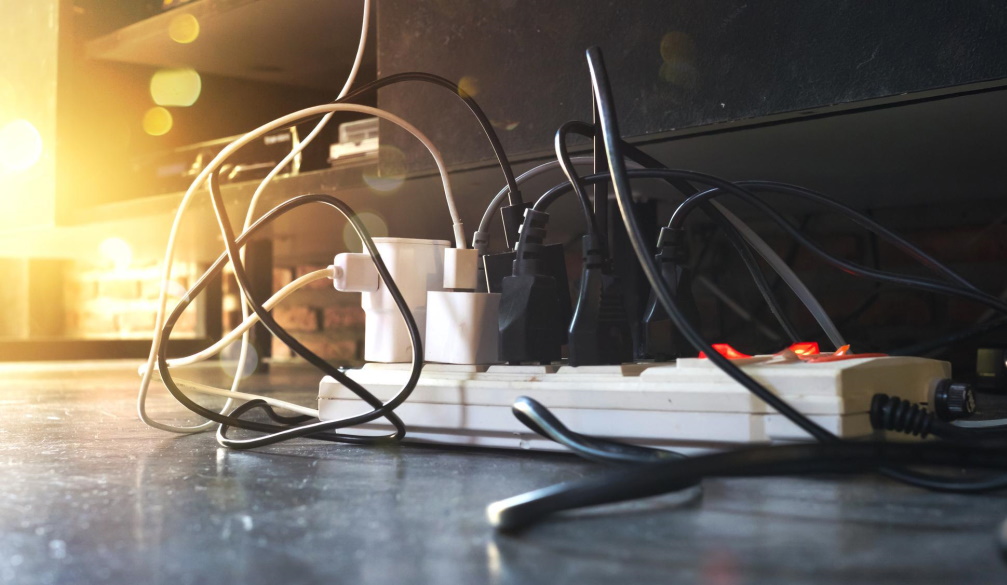How to Tell If a Power Surge Has Occurred
- Written by NewsServices.com

Power surges are notorious for causing damage to electronic devices. It can be inconvenient to lose valuable data on your computer or replace an appliance you hadn’t budgeted for due to power surges.
A power surge may happen anytime, whether you’re at home or away. How do you know whether it has happened?
This article will give you all the relevant information about a power surge, including signs attributed to a recently occurred power surge.
What is a Power Surge?
A power surge is an abrupt interruption to the electoral flow, produced by a backflow of power that was supposed to be channelled out but was instead channelled in.
Power surges are risky. They can cause short circuits or destroy some of your most expensive appliances, such as HVAC equipment, an AC, or a refrigerator. Power surges could also cause an electrical fire and, in some cases, cause you to lose your home.
Causes of Power Surges
External causes are responsible for occasional surges, but internal causes within your home are the most common, triggering frequent power surges almost daily. Generally, these are the main causes of power surges
-
Outdated electrical systems, especially in older homes
-
Electrical overload caused by connecting many devices to one outlet
-
Fallen tree limbs and car accidents that down power lines
-
Lightning strikes
-
Restoration of power after outages
-
High-powered appliances
Signs of Power Surges
If you suspect a power surge, look for the following signs
-
Flickering or dimming of lights when you switch on the refrigerator or other large appliances. Large devices require high voltage to start. When lights flicker or dim after switching the devices on, a power surge has happened
-
Regular tripping of circuit breakers. Every time a power surge occurs, it causes a circuit breaker to trip
-
Power surges may cause burning. Go near a wall outlet or power strip and try to detect a burnt odour
-
Flashing of clocks. Some appliances come with clocks or indicator lights. When a power surge occurs, the clocks/lights keep flashing
-
Buttons that have reset on wall outlets and power strips. Reset buttons are automatic, but if you must reset them manually, it’s an indication that there was a surge
-
Blown fuses. When your wiring is impaired, the fuses blow up as frequently as power surges happen
Protection and Prevention
The following measures are helpful for protection and prevention against power surges.
-
Disconnect the devices that you aren’t using
-
Limit the number of devices you connect to a single circuit
-
Get your wiring repaired and updated to modern standards
-
Invest in power surge protection for your devices
Conclusion
When a power surge occurs, you may not observe any physical damage to your devices at the time. However, some of your appliances may completely fail mysteriously after enduring a series of power surges.
Although they occur unexpectedly, there are signs you can look out for to prove your suspicions about a most recent power surge. Power surges can cause mild to intense damage to your devices or your home.
It is essential to have a professional electrician inspect your wiring and any existing impairments before installing power surge protection to shield you from future damages.





